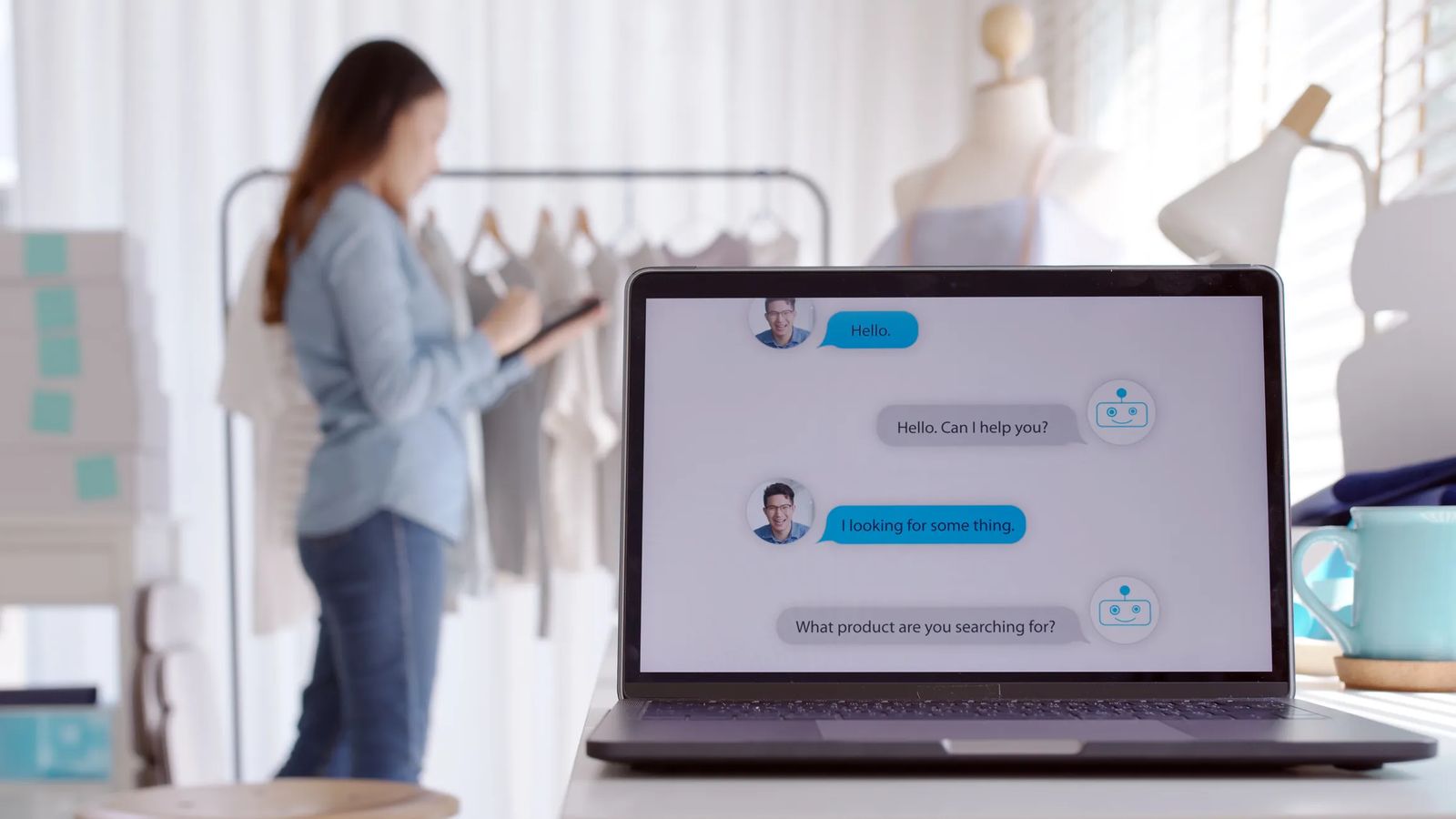
Here's why you should consider live chat for your website
Jessica Day / Published August 19, 2022
Including live chat is a great way to enhance your website. Using it, you can reach out to customers, answer their queries, nurture their curiosity, demonstrate excellent service, and kick-start a relationship. It’s an efficient and cost-effective channel for lead building and, ultimately, driving up sales.
How widely is live chat used now on websites?
Business adoption of live chat significantly increased in recent years, as has consumer usage. Businesses of all sizes have now embraced it. Indeed, Gartner has estimated that over 85% will offer live chat support by 2022.
Even the software facilitating this boom is big business. By the end of 2023, the market is expected to grow to $987 million.
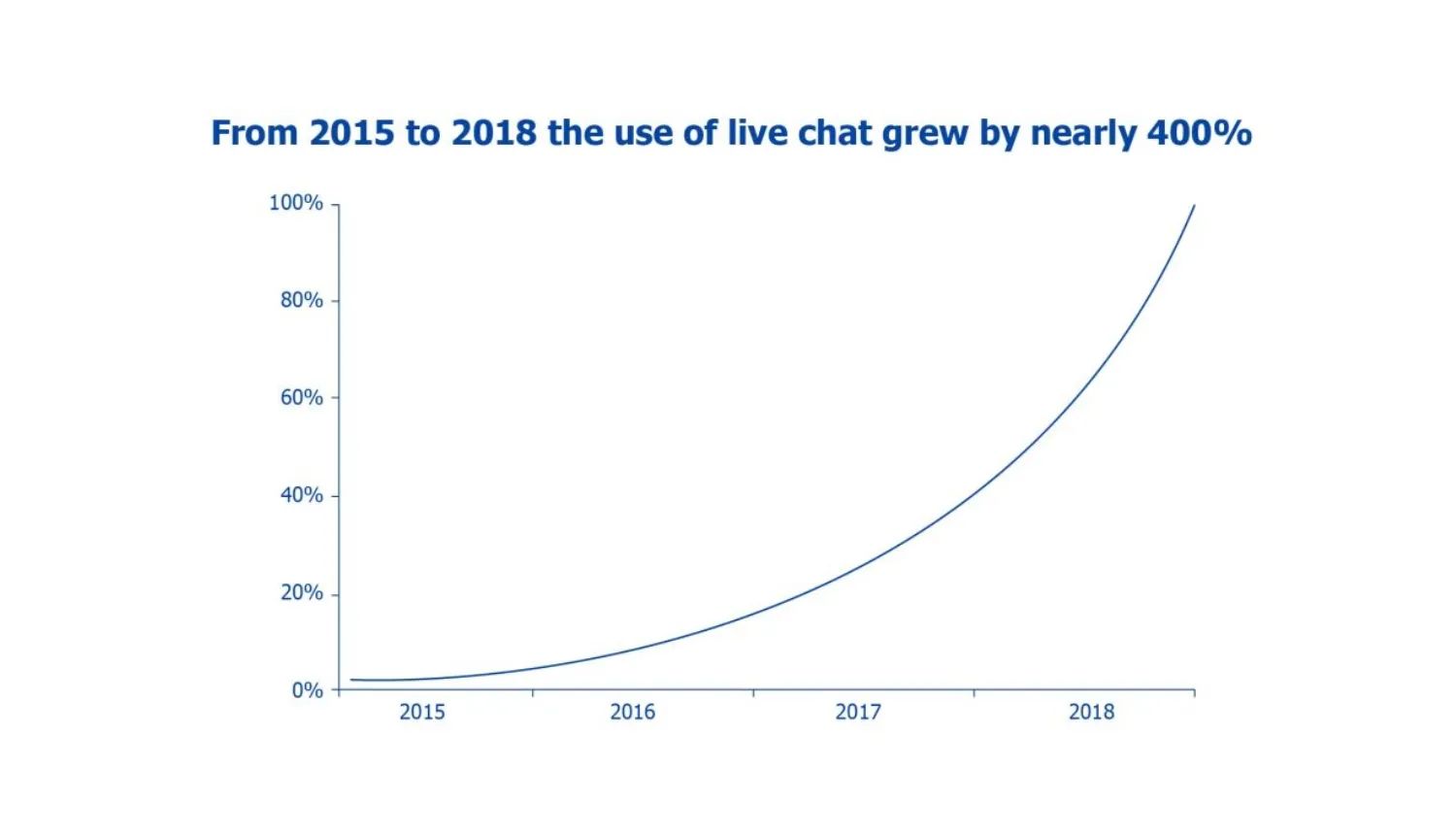
Investment in live chat seems to pay off. A 2021 Zoho survey found that 49% of respondents saw an increase in conversions due to its implementation.
Why should you consider live chat for your website? Well, quite simply, because it seems to work.
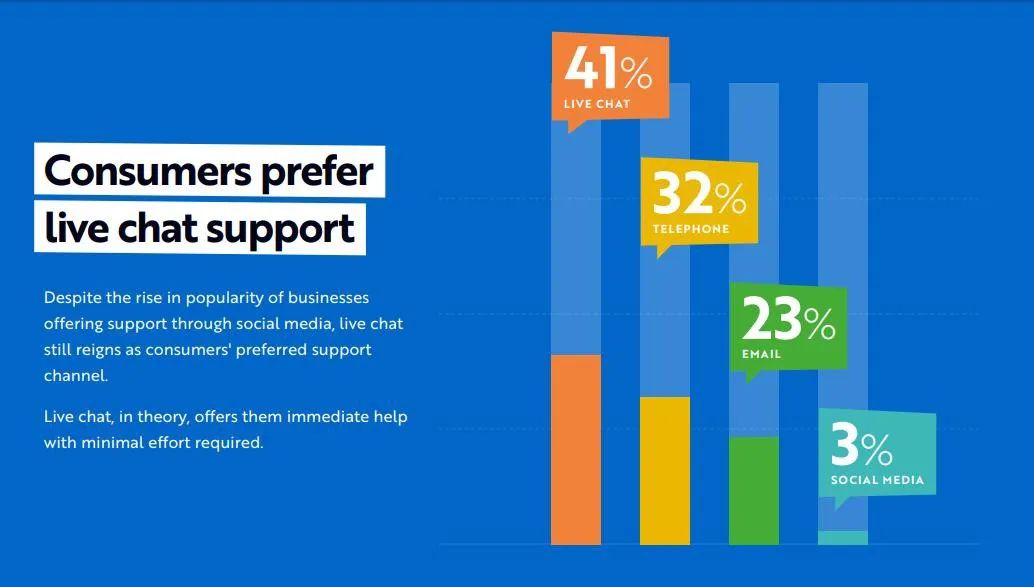
The benefits of live chat
Rapid technological advancements—better devices, platforms, and network coverage—have propelled the digital transformation. Consumers have been increasingly migrating online; the pandemic only accelerated this.
A business’s website is more important than ever before. Businesses should keep finding ways to leverage leads from their site’s visitors. Live chat is undoubtedly one way to reach out and invite visitors into a deeper relationship. But let’s unpick its effectiveness a little more. What makes it such a viable channel?
1) Great software options
Business communication and intelligence platforms have been evolving rapidly. For example, whether you’re looking for a phone system for small businesses or a new CRM package for a long-established brand, there is now a plethora of excellent choices available.
Live chat software is no exception. This increasingly takes advantage of automation, big data, and integration with other business systems to enable real-time omnichannel customer support. Whether a business is a tiny start-up, a mid-sized business, or a well-established brand, there will probably be a live chat service that suits its needs. This can be used help you improve customer relationships or enable you to produce a high quality on-demand webinar.
These offer varied feature sets—far beyond the ability to chat alone—and pricing tiers. There are even free options for small operations that can be scaled up as the business grows.
2) Cost-effective
Live chat can be very cost-effective. Unlike phone or email communication, agents can deal with multiple chat customers at once. Smaller teams are required, agent productivity is higher, and the cost per contact is lower.
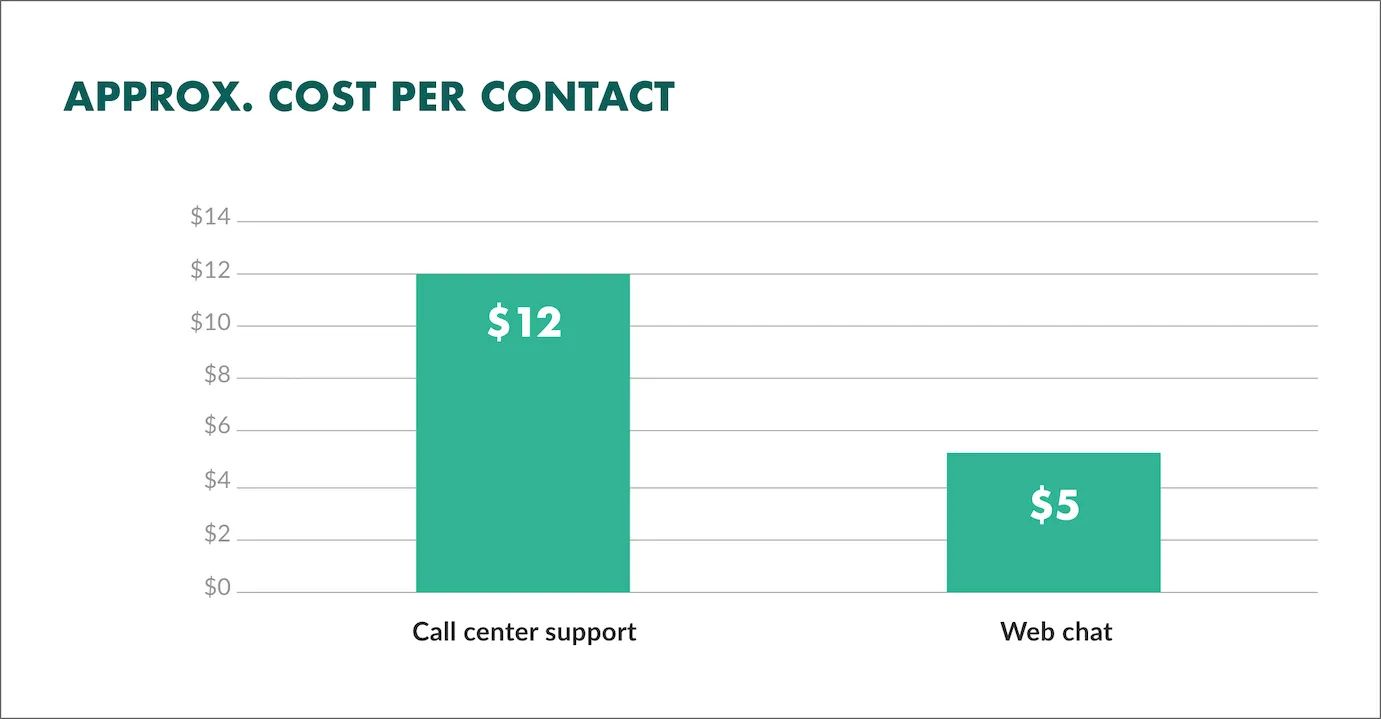
3) Feature-rich and versatile
There’s a wide range of live chat software available. Some systems are quick and easy to implement, which are ideal for smaller enterprises. Others are complex and feature-rich, ideal for larger organizations that can exploit them.
Features might vary in the following respects:
- Adaptability, e.g. design, look and feel, out-of-office rules
- Lead nurturing features, e.g, email follow-ups sent to customers with transcripts of chats and details of how to find out more
- Integration with other systems, especially with CRMs
- Automation, e.g. AI chatbot integration or setting rules so that queries with particular keywords or topics get directed to particular agents
- Data analytics, e.g. dashboards, reports, end-of-chat surveys
This means you can customize the features to meet the needs of your business.
4) Scaleable
Given all of the previous points, live chat works regardless of the business’s size. It can work for smaller companies. One survey found that 74% of businesses had less than ten employees when they started using live chat.
An early start makes sense. As well as helping with conversions, live chat can help younger companies understand their customers’ needs, uncertainties, and pain points. That provides insights for future growth.
When a business needs to scale up its customer support, most live chat software allows additional agents to be added. As it’s more cost-effective than other contact methods, the required investment may be lower.
As the business evolves or grows, other features may gain value. For example, automation and AI could help answer common questions or route issues to particular agents.
5) High satisfaction rates
Live chat is popular with customers. An eDigital Customer Service Benchmark survey (see image below) found that the satisfaction rate (73%) was significantly higher than for other channels.
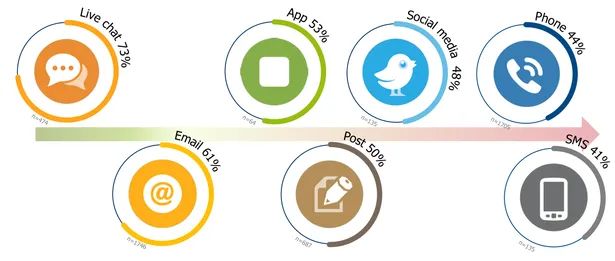
6) The Goldilocks channel?
Why is it so popular with customers? From the results below, it would appear that instantaneity is the main reason.
But there is more to it. Unlike phones, there is no waiting in a holding queue. It is discreet if the customer is in a busy office. Tapping a quick question into chat feels less of a commitment and more relaxed than a phone call or email. And even if they are waiting for an agent to get back to them, people can easily carry on browsing or working.
Pure speed isn’t everything. Most customers—95% in one survey—prefer slower-paced, personalized, expert live chat support over fast, low-quality support. Taking the time up-front to resolve customer questions and worries properly pays off longer-term, whether that is fewer customer queries, higher customer retention, better app reviews, or enhanced brand reputation.
How many times have you finished a phone call to a business only to think of another question you wished you had asked immediately after? Do you really want to ring again? Or maybe you have received an email reply that still leaves questions and concerns: do you send another and wait longer for a reply?
Live chat combines flexibility, instantaneity, and reflection time. It is personal but not too intense. Executed well, customers can consider a response in a more relaxed way, quickly get further clarification if needed, and then (ideally) receive a transcript for future reference.
Maybe it is a potential Goldilocks communication channel? Neither too hot nor too cold.
Moreover, it gives customers confidence and fosters brand trust. A separate survey found that 90% of customers felt that a Live Chat button on a website reassures them that they can get help if needed.

7) Automation and AI can be harnessed
Automation is revolutionizing all areas of business, from cybersecurity analytics solutions to market segmentation. Inevitably it now contributes to live chat solutions, especially for bigger businesses. For instance, with appropriate data and investment, AI chatbots can help support higher numbers of customers.
When augmenting human agent-led live chat, it offers real benefits for all. For example, chatbots could filter and respond to simple, common queries. More complicated issues go straight to human agents. Or the chatbot could only operate out-of-hours when no agents are available.
Yet customers prefer dealing with humans. Robotic responses frustrate customers. Nearly 30% of consumers reported impersonal responses as the biggest annoyance of chat. Remember, high-quality, personalized support is valued more than pure speed.
Customer-facing AI is probably most beneficial when used cautiously to augment (rather than replace) human interaction or to route queries more efficiently to the most appropriate agents. Quality over speed.
8) It supports learning
Monitoring a broad range of user engagement metrics reveals your customers’ needs and pain points. It also highlights how to improve your customer service.
Live chat is a boon here: a valuable voice of the customer resource. According to Zoho’s survey, 43% of businesses gained a better understanding of their customers after one year of using live chat on their website.
Chat transcripts can be sorted, searched, and filtered to identify common questions and concerns. Analyzing the language that customers use can inform marketing tactics. Many software options include analysis tools.
Most services also help you monitor the chat service itself—as you might monitor metrics like the average speed of answer in traditional call centers. For instance, dashboards demonstrate visitor metrics, e.g. chat volumes and durations, and traffic across the day. Many allow end-of-chat surveys and collate performance feedback.
9) Win on customer service
Not every business uses live chat brilliantly. A 2021 survey of one thousand US and European companies found:
- 21% of live chat support requests get ignored
- 55% do not offer transcripts
- 45% do not collect feedback at the end of the chat.
And, as seen earlier, other surveys have found dissatisfaction with low-quality, impersonal, canned support.
Right now, live chat deployment is often falling short of its potential. Given how valued it is by customers, weak execution plays into the hands of competitors. A culture of constant refinement confers competitive advantage. Implementing an A/B testing cycle could help sharpen your use of chat in your marketing strategy.
There is an endless variety of aspects to explore here. For example, does including a handwritten signature of the agent within the chat box enhance the personal touch and improve customer satisfaction? (Here is help if you want to know how to make a fancy signature if you want to try that!)
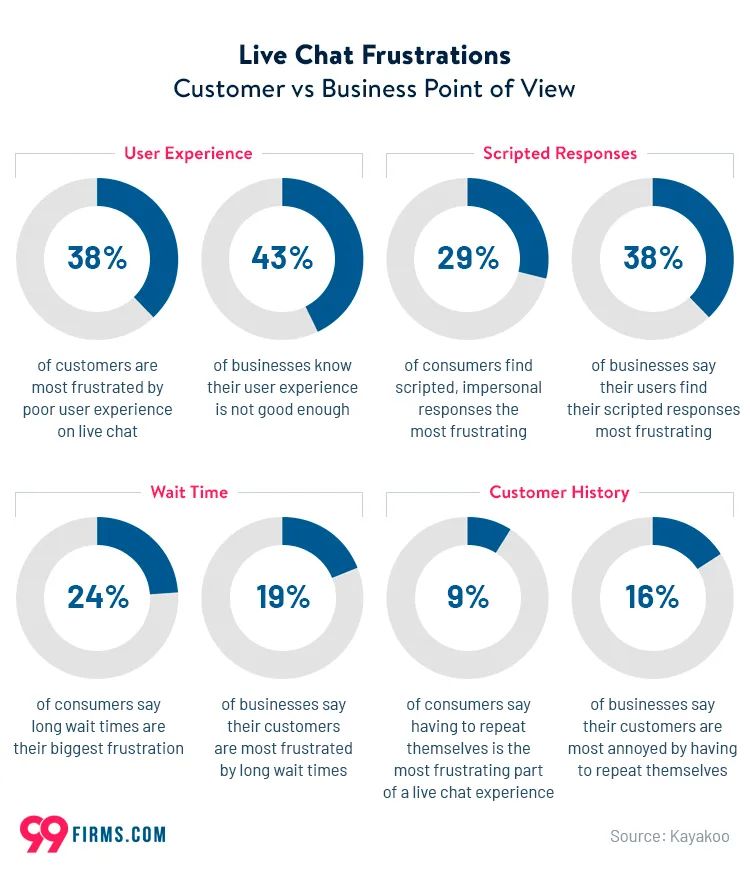
Nurture interest, build leads, and boost sales
Live chat seems to work. One survey found that 79% of businesses offering live chat noted a positive impact on sales, revenue, and customer trust. And 48% of consumers reported that they were more likely to purchase from a company offering live chat.
If your business is just starting, you probably feel you have enough on your plate. From asking ‘what is the average affiliate commission?’ through to ‘how does GDPR affect us?’ But here is a channel where the rewards seem to outweigh the effort.
It certainly looks like it is here to stay. It works for both the customer and the business. And, as technology and software march onwards, it is likely to evolve and offer additional benefits.
Maybe it is time to support your customers with live chat.
Get your free website planner.
Getting organized is the first step to website success.







